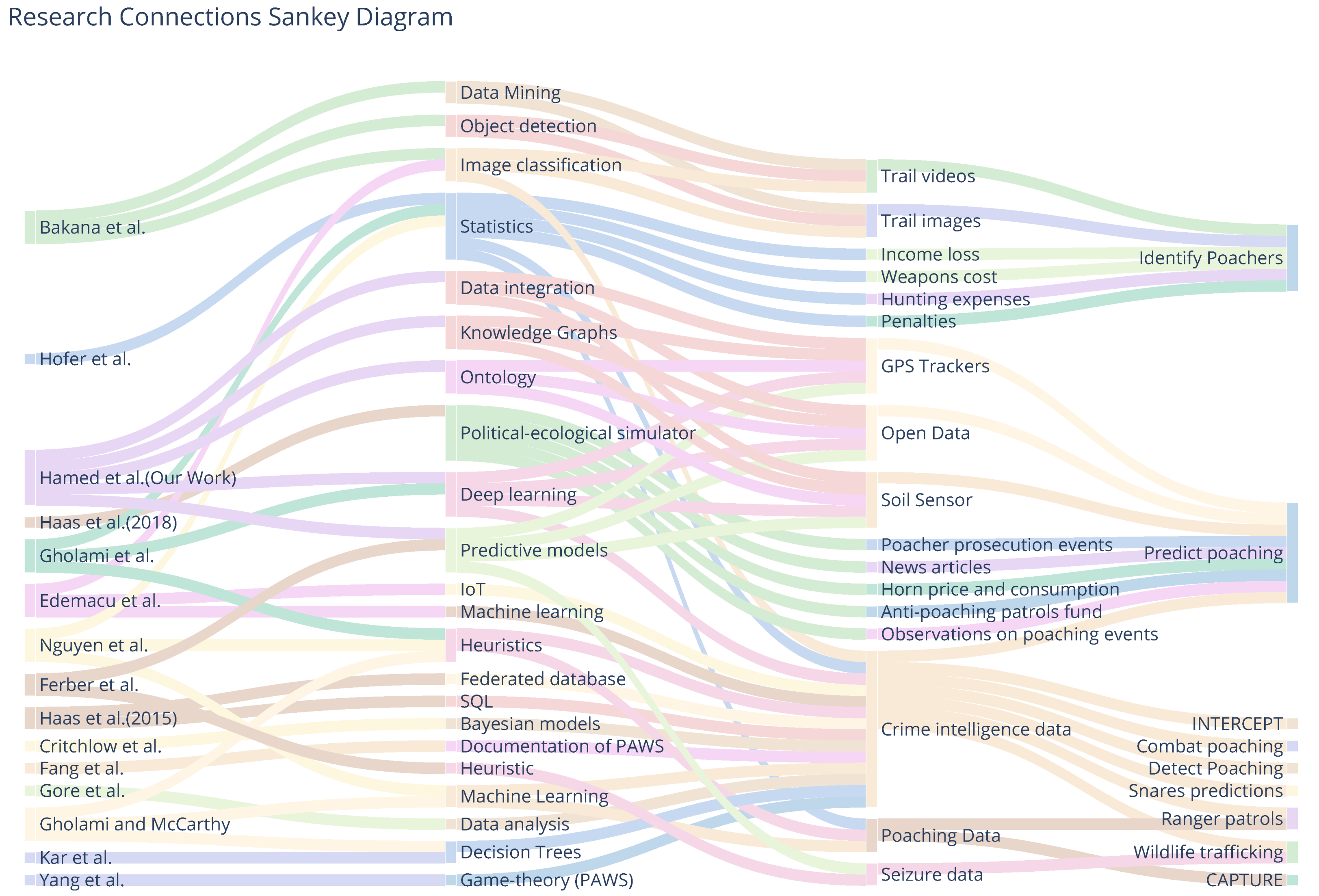2025-02-24 イリノイ大学アーバナ・シャンペーン校
<関連情報>
- https://aces.illinois.edu/news/bioprocessing-method-yields-high-value-products-alongside-biofuels
- https://cabbi.bio/bioprocessing-method-yields-high-value-products-alongside-biofuels/
- https://www.sciencedirect.com/science/article/pii/S0960852425000185
バイオリファイナリーの製品ポートフォリオの再定義: 天然着色料、植物性脂質および糖の回収 Redefining the product portfolio of oilcane bagasse biorefinery: Recovering natural colorants, vegetative lipids and sugars
Shivali Banerjee, Galit Beraja, Kristen K. Eilts, Vijay Singh
Bioresource Technology Available online: 9 January 2025
DOI:https://doi.org/10.1016/j.biortech.2025.132052
Graphical abstract

Highlights
- Oilcane bagasse (OCB) has been explored as an alternative feedstock for recovering anthocyanins.
- Pretreatment at 150 °C for 15 min could recover > 80 % (w/w) of the total anthocyanins.
- The enhanced enzymatic digestibility is marked by the 2-fold increase in the glucose yield from the pretreated biomass.
- A 1.5-fold enhancement of vegetative lipid content was observed in the residue pretreated at 150 °C for 15 min.
- Generation of multiple streams of value-added products from OCB is promising for revenue generation.
Abstract
Bioenergy crops have been known for their ability to produce biofuels and bioproducts. In this study, the product portfolio of recently developed transgenic sugarcane (oilcane) bagasse has been redefined for recovering natural pigments (anthocyanins), sugars, and vegetative lipids. The total anthocyanin content in oilcane bagasse has been estimated as 92.9 ± 18.9 µg/g of dried bagasse with cyanidin-3-glucoside (13.5 ± 18.9 µg per g of dried bagasse) as the most prominent anthocyanin present. More than 85 % (w/w) of the total anthocyanins were recovered from oilcane bagasse at a pretreatment temperature of 150 °C for 15 min. These conditions for the hydrothermal pretreatment also led to a 2-fold increase in the glucose yield upon the enzymatic saccharification of the pretreated bagasse. Further, a 1.5-fold enrichment of the vegetative lipids was demonstrated in the pretreated residue. Re-defining green biorefineries with multiple high-value products in a zero-waste approach is the need of the hour for attaining sustainability.



